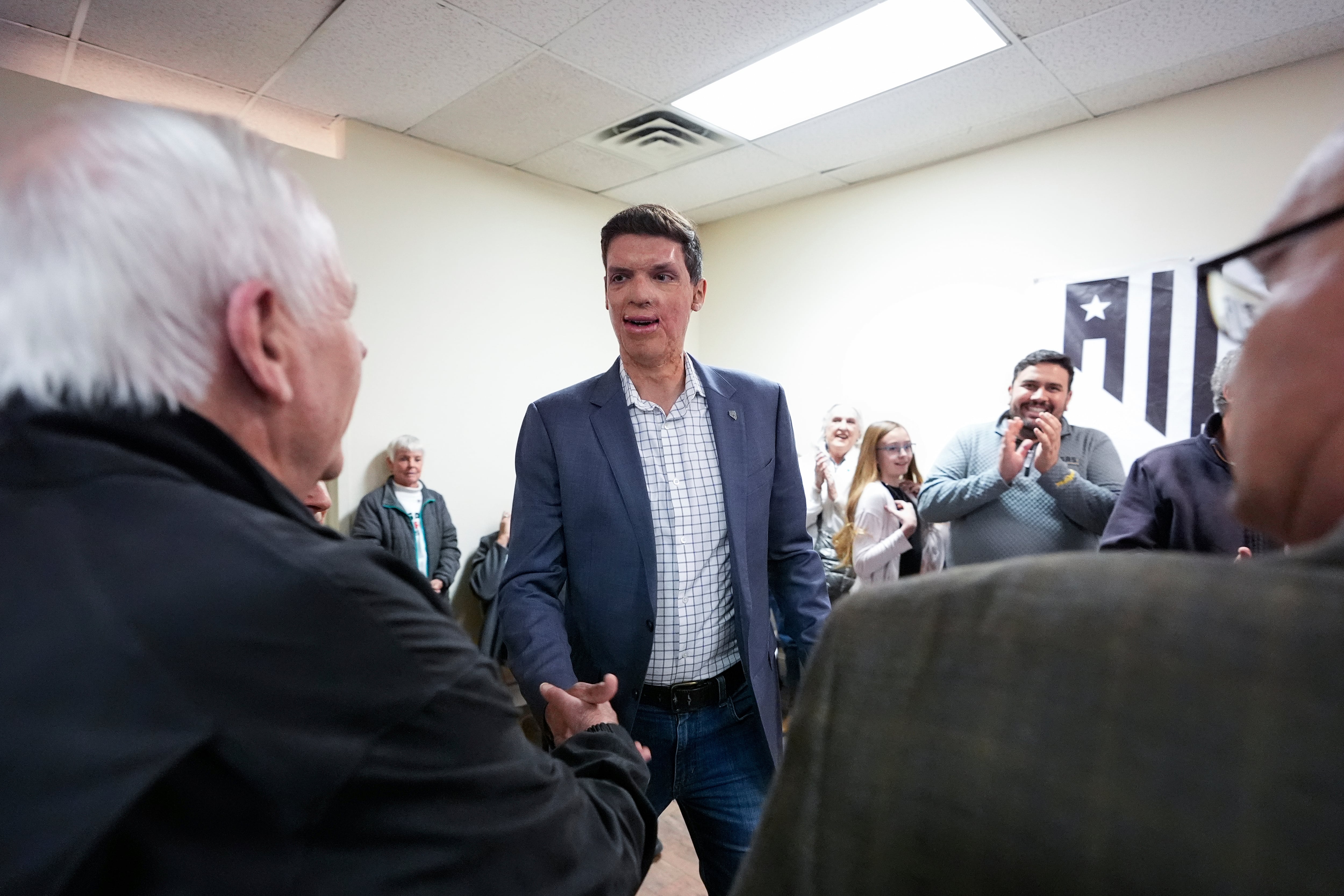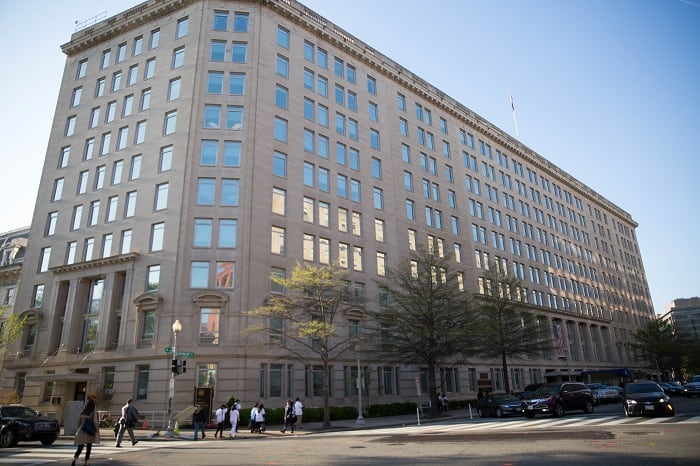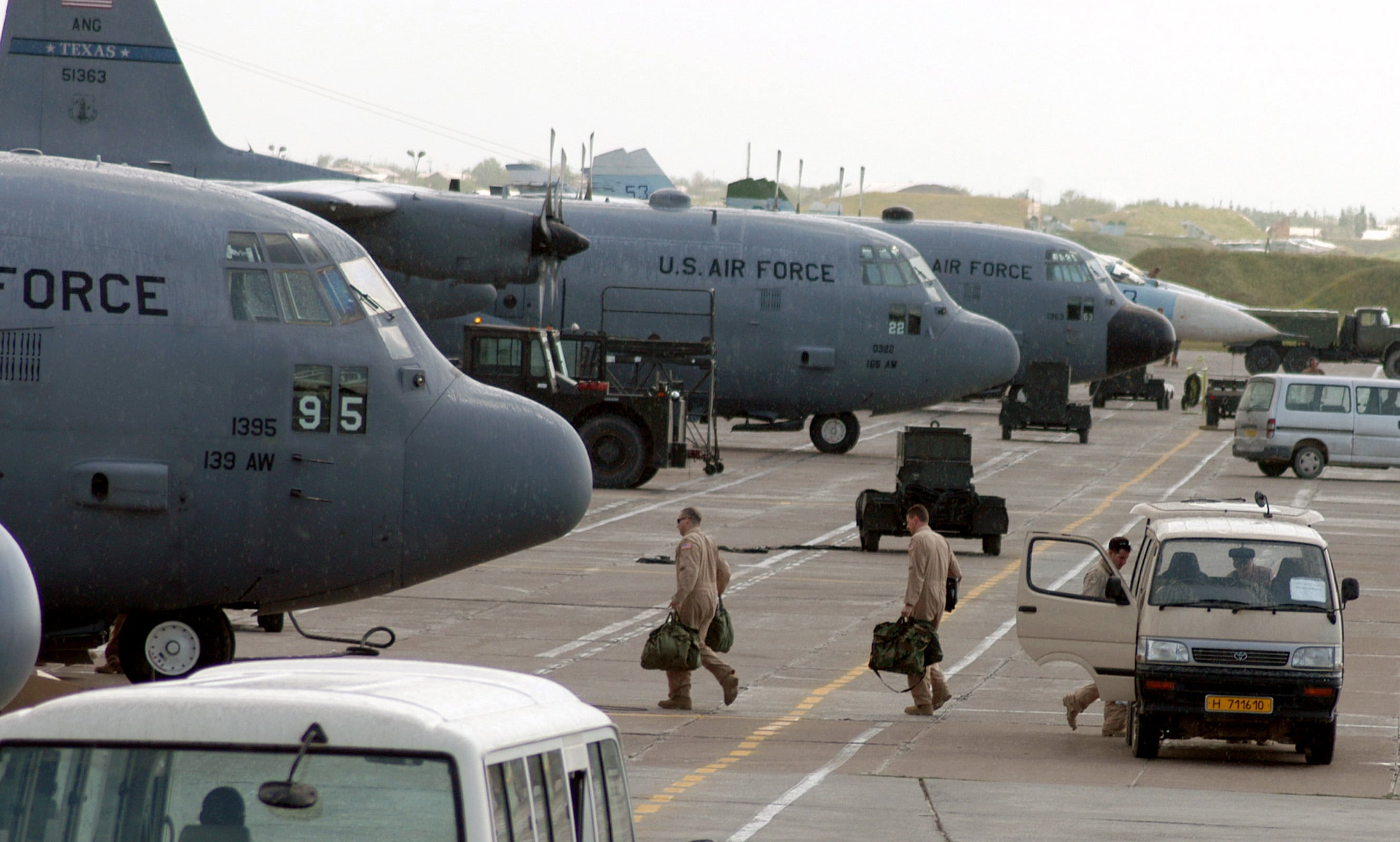WASHINGTON — One shirt, one pair of pants.
Those are the basics for outfitting an Afghan soldier. But in that simple uniform combination are the threads of two troubling stories — one about the waste of millions in American taxpayer dollars, the other about the perils of propping up a partner army in a seemingly endless war.
Together these tales help explain why some in Congress question the wisdom of investing even more resources in Afghanistan, nearly 16 years after the United States invaded the Taliban-ruled country in response to the al-Qaida attacks of Sept. 11, 2001. The Army general who runs the U.S. war effort in Afghanistan calls it a stalemate. Defense Secretary Jim Mattis says the U.S. is "not winning," and he vows to "correct this as soon as possible."
The Trump administration is searching for an improved approach to achieving the goal it inherited from the Obama administration: to get the Afghan government to a point where it can defend itself and prevent its territory from being a haven for extremists. Mattis has said he expects to have that revised strategy ready for Congress by next month. This coming week he will be consulting with NATO allies in Brussels on troop contributions and other Afghan issues.
The long war has generated repeated examples of wasted funds, which may be inevitable in a country such as Afghanistan, where the military has been built from scratch, is plagued with corruption and relies almost completely on U.S. money for even the most basic things, including salaries and uniforms. Among the costs rarely noted publicly: The Pentagon has spent $1 billion over the past three years to help recruit and retain Afghan soldiers.
The money wasted on uniforms is small potatoes by comparison with other U.S. missteps in Afghanistan, but it is emblematic of broader problems.
The Pentagon has not disputed the gist of findings by its special inspector general for Afghanistan, John Sopko, that the U.S. spent as much as $28 million more than necessary over 10 years on uniforms for Afghan soldiers with a camouflage "forest" pattern that may be inappropriate for the largely desert battlefield. In a report released this past week, Sopko's office said the Pentagon paid to license a propriety camouflage pattern even though it owns patterns it could have used for free. The choice, it said, was based on the seemingly offhand fashion preference of a single Afghan official.
"This is not an isolated event," Sopko said in a telephone interview. The U.S., he said, has been "in a mad rush to spend money like a drunken sailor on a weekend furlough." It reflects a pattern, he said, of spending too much money, too quickly, with too little oversight and too little accountability.
Sopko's office is still investigating the camouflage uniform contract process, which it found "questionable."
"This was more than just a bad fashion move," he said. "It cost the taxpayer millions of dollars" more than might have been necessary.
Money is rarely part of the debate over what the United States should do differently or better in Afghanistan, and thus the accumulating costs are often overlooked.
Since 2002, the U.S. has spent $66 billion on Afghan security forces alone. In recent years this spending has grown, even though President Barack Obama's stated goal was to wean the Afghans from U.S. military help after he formally ended the American combat role there three years ago. U.S. spending on Afghan forces rose from $3.6 billion last year to $4.2 billion this year, and President Donald Trump's proposed 2018 budget asks for $4.9 billion.
Stephen Biddle, a professor of political science and international affairs at George Washington University, said the money wasted on camouflage uniforms is symptomatic of a broader problem of official corruption that has sapped the strength and spirit of too many Afghan soldiers.
"The real problem in Afghanistan is not, 'Can we get a rational decision about which camouflage design it should be.' The real problem in Afghanistan is that cronyism and corruption in the government and the security forces saps the combat motivation of the soldiers," Biddle said in an interview.
"That's why they they're having such a problem holding onto a stalemate," he added. "That's why they can't retake ground, even though they have vastly more forces in the field than the Taliban does."
Even keeping Afghan troops in uniform — any uniform — is a problem. The army is chronically about 20,000 soldiers short of its authorized total of 195,000. The U.S. has about 8,400 troops there to train and advise the Afghans and to hunt extremist groups, down from a peak of 100,000 in 2010-2011.
Trump has delegated to Mattis the authority to decide how many troops the U.S. should have in Afghanistan, and Mattis is expected to send nearly 4,000 more this summer. That would be in line with a standing request by U.S. commanders, who say it would address a shortfall in troops to train and advise Afghans. A small percentage of the additional troops would be designated for a related U.S. mission of fighting al-Qaida and other extremist groups there.





